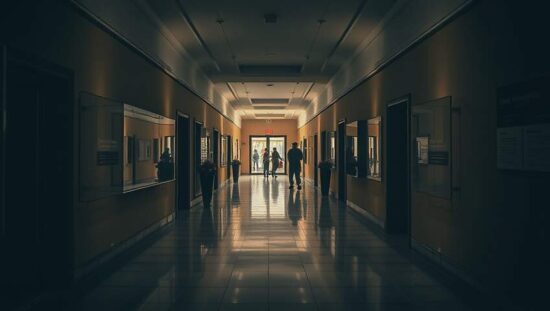German Museums Voice Growing Concerns Following Louvre Break-in
The recent, audacious breach at the Musée du Louvre in Paris has triggered alarm within Germany’s museum community, prompting a stark warning about a rising tide of organized theft targeting cultural artifacts.. Remigiusz Plath, spokesperson for the building management and security working group of the German Museum Association, has voiced concerns over an increasingly brazen trend of violent and targeted heists, extending beyond France’s borders.
Speaking to the “Rheinische Post”, Plath characterized the evolving nature of the threat. He indicated a shift from earlier art thefts, where the motivation stemmed from a desire to possess the artwork itself, to a contemporary model driven solely by profit – what he termed “raw material theft”. This new approach prioritizes rapid, forceful acquisition for immediate resale, demonstrating a disregard for the intrinsic value and historical significance of the stolen objects.
The rise in this type of crime is a relatively new phenomenon, emerging within the past five to ten years. Plath cited examples like the devastating 2019 raid on the Grünes Gewölbe (Green Vault) in Dresden, resulting in the irreplaceable loss of Baroque treasures and the 2021 theft of the Golden Coin from Berlin’s Bode Museum, as stark illustrations of the escalating risk. These incidents, alongside the Louvre situation, suggest a calculated shift in targeting and methodology.
The current climate paints a picture of a well-organized criminal network capable of circumventing security measures and exploiting vulnerabilities within museum infrastructures. The Louvre incident, in particular, has spurred immediate and intensive discussions within the German Museum Association. According to Plath, member institutions are now actively reviewing and reinforcing their security protocols, albeit with a sense of urgency fueled by the Paris breach.
Beyond immediate security upgrades, the situation raises wider questions regarding resource allocation for museum protection and the potential necessity of enhanced national and international collaboration to combat art crime. The shift in motivation demands a reassessment of security strategies, moving beyond traditional methods to address the underlying financial drivers behind these increasingly dangerous acts. The vulnerability of Germany’s cultural heritage is now undeniably exposed, prompting a critical examination of its preservation within a changed geopolitical and criminal landscape.





